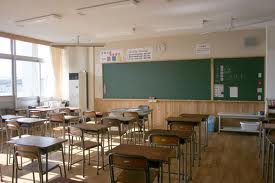How Come Schools and Teachers Change Yet Both Remain So Familiar?*
Why has the act of teaching in public schools (including charters) that serve wealthy, middle-class and poor children looked so familiar to past generations of journalists, researchers, parents and grandparents who enter classrooms? In short, why has there been so much continuity in schools and classroom teaching over the 20th and early 21st centuries?

Surely, teaching has changed. Many classrooms now dispense with rows of desks and have students at tables and pods of desks facing one another. Laptops and tablets are prevalent in schools; teachers use the Internet for videos in lessons; students give PowerPoint presentations; teachers take immediate polls of student answers to multiple choice questions with clickers; new textbooks, some of which are online.These changes have occurred in classrooms across the nation.

Yet amid those changes, there is a commonness in the classroom furniture, the unfolding of a lesson, the activities that teachers direct students to do, and Q & A that characterizes the back-and-forth between teacher and students. How to explain that familiar continuity in schooling and teaching?
I offer two explanations:
First is the organizational concept of “dynamic conservatism.” The idea involves both continuity and change by maintaining a tenuous balance in classrooms and schools. Institutions often embrace change in order to remain the same. Families, hospitals, companies, courts, city and state bureaucracies, and the CONTINUE READING: How Come Schools and Teachers Change Yet Both Remain So Familiar?* | Larry Cuban on School Reform and Classroom Practice

